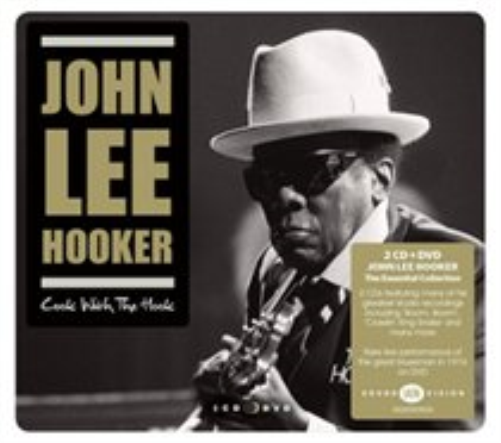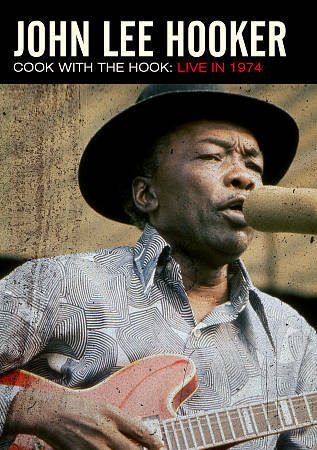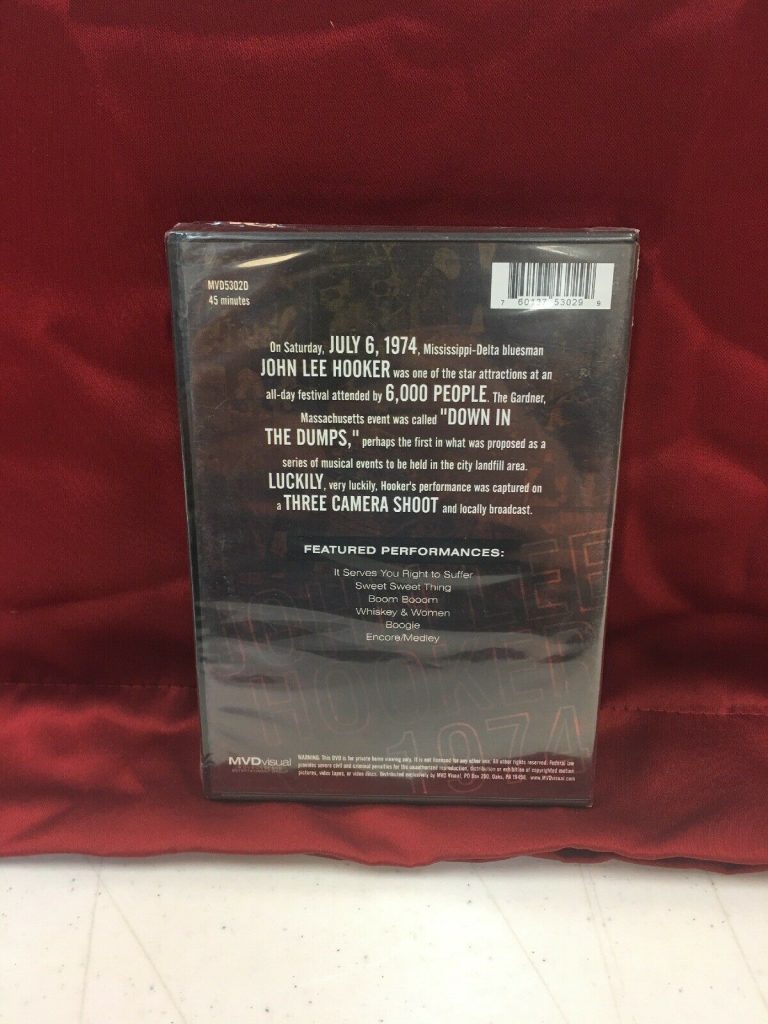http://jvlinernotes.blogspot.com/ Andy Pratt, Bobby Hebb, Genya Ravan and more liner notes from yours truly on that blog. Migrating them over here.
The liner notes to Bobby Hebb’s SUNNY: THE DELUXE EDITION are currently being written.
Bobby Hebb’s “Sunny” for Hip-O Select webpagehttp://www.hiposelect.com/catalogue_hebb.asp
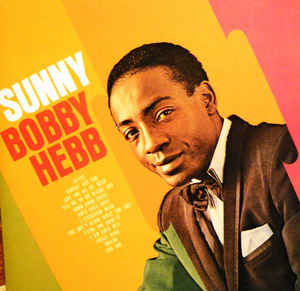
Bobby
Hebb’s “Sunny” (Philips 40365) has captivated generations with its
immaculate melody and philosophy to always look at the bright side.
Though many have speculated that Hebb wrote the song for God or for his
brother and mentor, Hal Hebb, the singer has stated many times the tune
is about a “sunny disposition.” And though this one title loved by
millions led to Bobby touring with The Beatles in 1966 and brought the
Hebb name to prominence, the eleven other performances on the album are
also of great substance and filled with entertainment value.
“Sunny”
became a #1 hit in Cashbox Magazine and #2 in Billboard the week of
Bobby Hebb’s 28th birthday, July 26, 1966. Less than four months later
track #7, “A Satisfied Mind”, would break the Billboard Top 40. The song
was a #1 Country hit for Porter Wagoner eleven years earlier, but more
important to Bobby, it was in the repertoire of Roy Acuff, the man
called “the king of the hillbillies.” It was as a member of Acuff’s band
that Hebb appeared on the Grand Ole Opry A third hit from the album,
“Love Love Love”, was co-written by the album’s producer, Jerry Ross
along with Joe Renzetti, the album’s arranger. “Love, Love, Love” (the
flip side of “A Satisfied Mind) became a hit recording in England in
1972, six years after its initial release. The “Northern Soul”
phenomenon started in Europe has also brought attention to this
important work. “Crazy Baby” (Philips 40421) became a third release from
the album with a brilliant non-lp B side co-written by the great Kenny
Gamble and Jerry Ross, a song entitled “Love Me” which is a kind of
second-cousin to “Sunny”, if you will.
Kenny Gamble composed “You Don’t Know What You Got Until You Lose It” with producer Jerry Ross, as essential as Barry Mann and Cynthia Weil’s contribution on the album’s shortest track, “Good Good Lovin’ “, as vital as the legendary Van McCoy’s album closer, the elegant and Drifter’s-styled “For You.”
Though in the new millenium Mr. Hebb is still the “song a day man”, his vast repertoire was not tapped for the dozen tunes that appeared on his debut lp, in fact only “Crazy Baby” along with “Yes Or No Or Maybe Not” joined the classic “Sunny” as ideas from the singer’s fountain pen. And though “Love Love Love” and “A Satisfied Mind” have shown up on various compilations and continue to get attention, it is “Sunny” that has maintained classic status being awarded the #25 position on BMI’s Top 100 Songs of The Century. That organization credits “Sunny” with at least 5 million performances, wonderful acknowledgment for a composition that crosses genres and keeps finding chart action decade after decade. Cher and Georgie Fame had British hits with “Sunny”, while Mieko Hiroto actually charted in Japan with a version prior to Bobby Hebb’s rendition. Yambu found fame on the 1970s dance floors with this melody, as did Boney M. who hit #1 in Germany with “Sunny” in 1977. The Boogie Pimps sampled the Boney M. version in 2003 and hit with it in 2004..
Recorded by hundreds of artists from Vibraphonist Dave Pike to Frank Sinatra & Duke Ellington, Ella Fitzgerald, Pat Martino, Stan Kenton, Herbie Mann, Frankie Valli, Roger Williams and so many others, the song and this album have a secure place in popular culture. Hearing the composition as interpreted by others is fascinating and a treat, but it is Bobby Hebb’s original “Sunny” with backing vocals by his friends Melba Moore, Nick Ashford & Valerie Simpson that endures.
(C)2004 Joe Viglione http://www.joeviglione.com
DID YOU KNOW? Thirty eight years after the world first discovered “Sunny”, Hip-O Select is releasing it the week of the birthday of the creator of this great song (coincidentally, a man born in 1938). Thirty Eight years to the week when Sunny hit #1 in Cashbox.
Here’s my review on AMG as posted on MP3.com
http://www.mp3.com/albums/85706/reviews.html
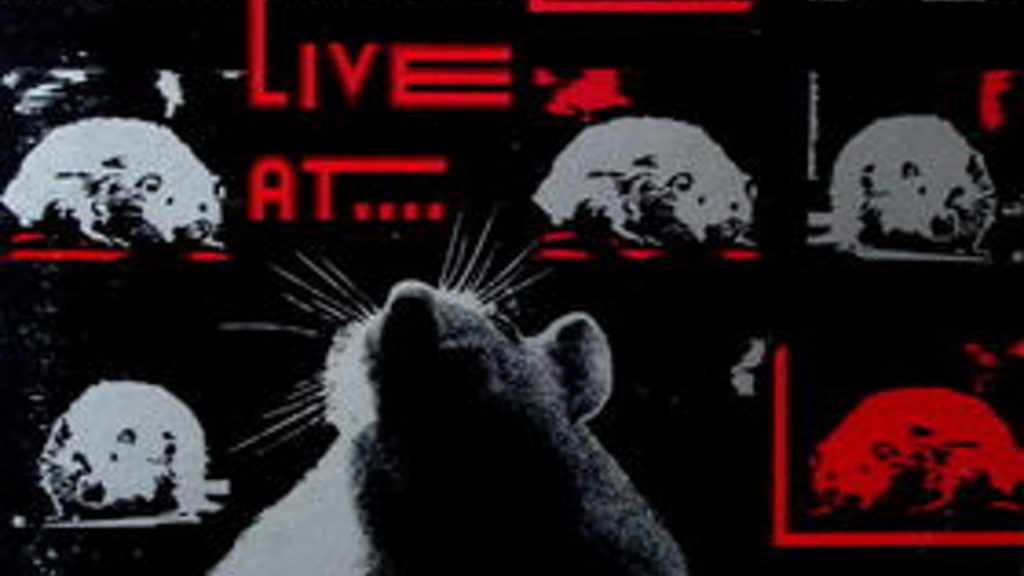
JOE VIGLIONE’S REVIEW ON AMG BECAME THE ACTUAL LINER NOTES TO THE LIVE AT THE RAT ALBUM. I HAD NO IDEA…BUT I’M GRATEFUL THAT THEY DID…THEY PAID ME IN LOVE AND FLAME T. SHIRTS
SOMEONE HAD VOLUNTEERED TO WRITE THE LINERS AND THE WRITING WAS CREDITED TO HIM IN ERROR, BUT IT ALL GOT SORTED OUT…HERE’S HIS RANT IN THE BOSTON GROUPIE NEWS…OR SOME OF IT…
HERE’S WHAT YOU-KNOW-WHO WROTE…well, actually you don’t know “You Know Who” – few people do!
j.c. A.K.A. J.A. A.K.A. JW A.K.A. JOHNNY STOCKBROKER WHINES HERE:
As some of you may know, I volunteered to write the liner notes for the reissue of “Live At The Rat”, the collection of first wave Rat (Boston punk club) bands from 1976. A very fine set of discs remastered lovingly by Dave Westner.
The disc came out maybe 6 weeks ago and the copy I got had a broken CD in it and was tossed before I got a chance to look at the liners I thought I had written. (LA-based publicist) Josh Mills complemented (SIC; try “complimented” Johnny….i’ve
alleged you’ve plagiarized a Billboard opinion piece that I wrote, do I have to edit for you too? – JV) the liners and so I thought I might take a look at them in the replacement disc I got.
Good god almighty.
What appears on the CD jacket and what I sent out bear no resemblance to each other at all. In fact, they don’t even have anything in common and couldn’t even have been edited out of what I’d scribed. Which wouldn’t have been a big deal at all, except that my name is at the bottom of the notes, implying authorship (J.C. who goes by the alias J.W. and the alias of J.A….you get the picture!!! in the Boston Groupie News) We just want to thank Josh Mills for seeing good copy when he knows it! (Smile) or Knowing Good Copy when he SEES IT!
“Live At The Rat”,
(LA-based publicist) Josh Mills complemented the liners and so I thought I might take a look at them in the replacement disc I got. (JC) — all due respect but let’s face it, my review on AllMusic is the quintessential look back at that historic album. It was meant to be.
Recording Date
September 27, 1976 – September 29, 1976
Various Artists
Live at the Rat
Add to My Collection
AllMusic Review by Joe Viglione [-]
In 2001 the legendary building that housed Boston’s infamous Rat was demolished, but this recording (catalog #528, same as the address for the establishment on Commonwealth Avenue in the heart of Boston) remains as evidence of what transpired in that “cellar full of noise.” Inspired by Hilly Kristal‘s Live at CBGB’s, this is truly the companion double LP to that disc on Atlantic, though the Boston compilation came close but failed to obtain major-label release. Recorded September 27, 28, and 29th, 1976, at the dawn of the “new wave,” important and historic live recordings of some of the scenemakers live on within these grooves. Far from a definitive document — you won’t find early Jon Butcher, Charlie Farren, Fools, or Nervous Eaters here, despite the fact that the Eaters ruled at The Rat — but you will find classic Willie Alexander after his stint with the Velvet Underground and before his MCA deal (which came when Blue Oyster Cult wife/rock critic Debbie Frost, played Alexander’s single on The Rat jukebox for producer Craig Leon). Along with Willie Loco there is very early DMZ, so early that the drummer is future member of The Cars, David Robinson, as well as an early, vintage version of Richard Nolan’s vital band Third Rail. This is the only place where you can find the original Susan with guitarists Tom Dickie and John Kalishes — years before Joan Jett guitarist Ricky Bird replaced Kalishes, and decades before John Kalishes joined the late Ben Orr of the Cars in solo projects in the 1990s. The rock history lesson is important to understand the impact of not only the musicians on this album, but the influence of the nightclub which spawned Live at the Rat. Willie Alexander‘s manic “Pup Tune” is perhaps the most concise representation of the Rat sound — it is grunge, it is deranged, it is a no-holds barred performance which has been re-released on best-of compilations and treasured over the years as a true musical gem. Of the 19 tracks, Willie Alexander is the only artist who gets three cuts: “At the Rat,” the club’s anthem; the aforementioned tribute to Ronnie Spector that is “Pup Tune”; and a live version of the original Garage Records 45 which began this new phase of his career, his ode to “Kerouac.” Marc Thor, a legendary performer who never got a full album out, utilizes members of Thundertrain, DMZ, the Boize, and Third Rail for his “Circling L.A.,” co-written by scenemaker Nola Rezzo. Eventual Roulette recording artist Sass do “Rocking in the USA,” and, like Susan, and even Thundertrain, bring a more mainstream sound to the underground rock represented by the Boize, Third Rail, DMZ, the Infliktors, and the Real Kids. The Real Kids add “Who Needs You” and “Better Be Good” to the party, while this early Mono Mann phase has his “Ball Me Out” and “Boy From Nowhere” titles. Thundertrain crackle with “I’m So Excited” and “I Gotta Rock,” Mach Bell’s growl and stage antics the thing that made this otherwise suburban band an essential part of this scene. Bell would go on to front the Joe Perry Project on their final disc on MCA before Aerosmith reformed, and the resumé action of some of these players makes their performances here all the more valuable. Loco Live 1976, an album which includes tracks by Willie Alexander recorded exactly one month before Live at the Rat, is available on a Tokyo label, Captain Trip Records, and it serves as a good glimpse of what was going on before this pivotal center of new sounds brought in tons of recording gear and taped for posterity a very magical period in Boston history.
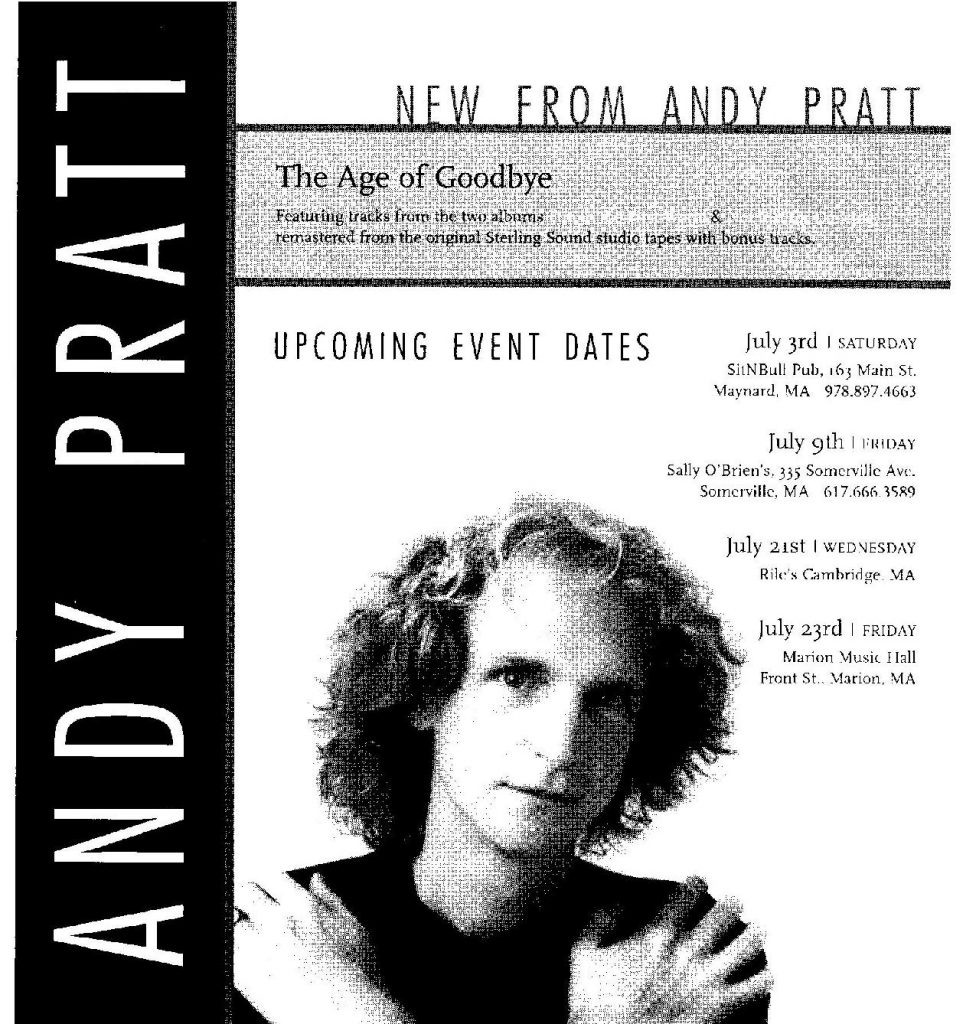
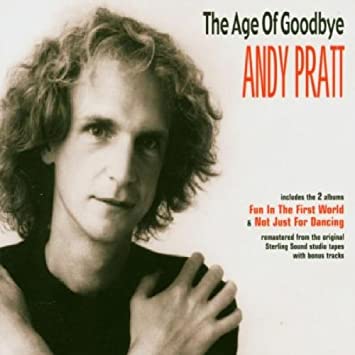
http://www.corazong.com/bios.php?id=255_068
First time Andy Pratt caught the public’s eye was with ‘Avenging Annie’ his 1973 hit single. The song, set partially to the tune of Woody Guthrie’s ‘Pretty Boy Floyd’, was included on his album ‘Andy Pratt’ and became a timeless FM classic and Pratt’s calling card. He never scored another hit like ‘Avenging Annie’ (Later recorded by Roger Daltrey finding itself on no less than 6 of Daltrey’s albums; Mr. Pratt’s version became the B side of Bruce Springsteen’s ‘Blinded By The Light’ on a highly collectible CBS promo disc. Bette Midler phoned Andy personally to discuss possibly recording the tune. Andy next recorded two albums, produced by Arif Mardin, for Atlantic. Each one to critical acclaim and helping to develop his reputation as one of rock music’s most unique and meaningful songwriters and artists. Rolling Stone critic Stephen Holden wrote in 1976 ‘By reviving the dream of rock as an art and then re-inventing it, Pratt has forever changed the face of rock’. That alone could have been the end of a fairy-tale story. However the Big Time appeared to be just around the corner. Pratt and his intermediate label Nemperor, moved to CBS/Epic for the fourth album that contained a lighter, jazzier feel while lyrically sporting Andy’s newfound Christianity. On that disc Pratt worked with ELP/Yes engineer Eddy Offord. Andy Pratt returned in 1982 with the mini album ‘Fun In The First World’ (included in ‘The Age Of Goodbye’) on Boston’s Enzone Records. Produced by Modern Lover Leroy Radcliffe, it is his finest and most compact rock ‘n roll work up to that point in time. Pratt’s religious overtones hampered some of his earlier work, but here he uses his beliefs and his vision to deliver an exceptional science- fiction epic in the title track. ‘Fun In The First World’ is a really magnificent and forgotten work that deserves a better fate’ (Joe Viglione of AllMusic.com). On the strength of ‘Fun In The First World’ Andy Pratt got a deal offered from Lamborghini Records in London. The label that also signed Stiff’s Joana Lewie, fellow-Bostian Peter C. Johnson and reggae artist Jack Miller, started with great media hype, but unfortunately never got off the ground and thus the Andy Pratt album got shelved. In Europe the Lamborghini recordings (with Rhythm tandem Andy Newmark and Tony Levin) were briefly available on the album ‘Not Just For Dancing’ on EMI/Aztec Records in Holland and Megadisc in Denmark and are now included in ‘The Age Of Goodbye’. This CoraZong album’ The Age Of Goodbye’ combines the tracks from ‘Fun In The First World’, the Lamborghini masters of ‘Not Just For Dancing’ and two songs recorded for EMI/Aztec of the Netherlands. The Lamborghini recordings and the songs of ‘Fun In The First World’ were mastered from Bob Clearmountain’s original Sterling Sound Studio tapes. The two Dutch recordings had to be restored from vinyl. Immediately after the release of “The Age Of Goodbye” on Corazong, about two dozen reel-to-reels were found in two different offices in America. A boxed set of out-takes is being planned for a limited edition “Numbered and signed” release.
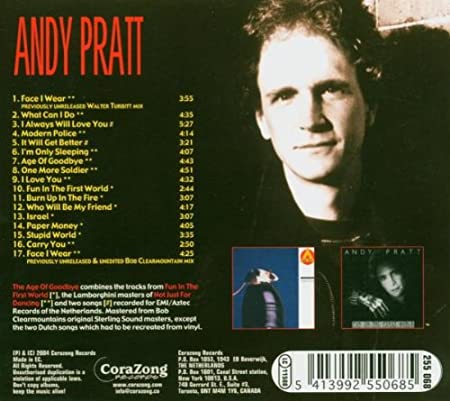
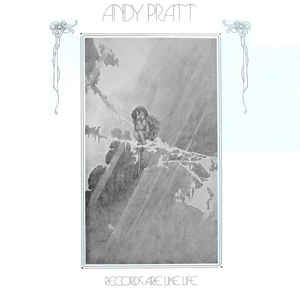
RECORDS ARE LIKE LIFE Liner Notes
Polydor 24-4015 Stereo, Records Like Life, was produced by Andy Pratt and Aengus for Amphion Productions, Inc. It’s an eight song collection clocking in at a little over thirty-nine minutes featuring “Bella Bella”, a tune that was part of Andy’s live set, and the title track “Records + Records (Records Are Like Life)” . In a June 1976 review of RESOLUTION by
Peter Herbst published in The Boston Phoenix he states “1971’s RECORDS ARE LIKE LIFE (Polydor) stirred nary a ripple and is now lost to time (though Pratt has recently regained the masters)” while a July 3 1973 published interview with Ben Gerson notes: “After college came RECORDS ARE LIKE LIFE, the master of which Pratt’s shrewd manager Nat Weiss has
purchased from Polydor in order to avoid Polydor’s capitalizing on Andy’s Columbia success by re-releasing it. Now Pratt, Weiss, and his producer ex-Earth Opera John Nagy can decide what they wish to do with it –re-release it themselves, re-cut some of the songs, or forget about it. ” “It may be a masterpiece, it may be swill” ” ponders Andy’s road manager Buzzy. ” “Whatever it is, we own it.” ” Earlier in the interview Gerson begins the piece by saying “For the past three years Andy Pratt has been an intriguing local rumor, having release in 1970 a Polydor album entitled RECORDS ARE LIKE LIFE whose 5,000 copies soon wound up in the
grooveyard…”
It was these early articles which put the fan on a mission: this writer had to find this lost artifact. In the days before Ebay and Gemm sites on the web which bring little record stores from around the world into your home via the world wide web one had to sift through hundreds of recordings in dozens of stores before uncovering hidden treasure. And RECORDS ARE LIKE LIFE lives up to expectations – it is a tremendous early work by Andy Pratt adorned with an off-white cover featuring a cherub on a frosty jungle high wire on a mountainside with sun rays
shooting down at a right to left angle. No credit is given to the cover artist, though a David Jenks photo with three musicians starting with a very young Andy Pratt is itself a work of art, the youthful faces peer out from the back cover in single file, but placed perfectly in the square. Drums and percussion by Rick Shlosser, Bill Elliot providing a bass and vocal on “Mindy” as well as a string arrangement on “Low Tide Island” with a Steve Crump guitar on “Bella Bella” Hindsight is always 20/20, and with over thirty years since this work was created and released, it is easy to speculate – the record should have been left in circulation – Polydor “capitalizing” on Andy’s Columbia success could only help him build a following – when Sonny And Cher found their 1964 recording “Baby Don’t Go” resurrected and going Top 10 just six weeks after their
breakthrough hit, “I Got You Babe” hit #1, it helped make them the hottest of commodities. It would be a year and a half until they hit the Top 10 again – so that early record not only provided them with momentum for concert performances, it has made their Greatest Hit collections so much more fun. And as the Grateful Dead learned through allowing tape
trading, the more material the fans have, the bigger the following. Again, this fan becoming obsessed with finding a copy (he actually found three, two with a cover, one with just an inner sleeve), proves that when the public hears a sound they like, is turned on to an artist who
makes a positive impact in their lives, they want more of his/her work. They want to explore the sound and the individual crafting that sound. This fan also recorded Pratt at Paul’s Mall and taped his concert at that venue off of the radio. “Avenging Annie” opened doors for Andy
Pratt, and to this day people remember how amazing its sound was, but how it lent itself so well to radio. “Bella Bella” would have been the perfect follow-up on a production which has the same flavor as the Columbia disc, much more so than the refined Arif Mardin productions
that are RESOLUTION and SHIVER IN THE NIGHT and the Eddy Offord (Yes –
Emerson, Lake and Palmer) gloss of MOTIVES. In another interview from THE REAL PAPER
printed in 1976 around the time of the August 29th free concert on City Hall Plaza in Boston, it is said of the artist in regards to this album that it is something “he now denies nearly categorically.” Wow. Times change, and over three decades have elapsed since Andy Pratt
recorded this rare and beautiful gem of a disc. The fan who sought out the pearl of great price had the honor of having his review published on AMG as well as Rolling Stone.com. In that review the disc is called “a lost treasure. This is Pratt at his most innocent, with vocals that sound otherworldly and songwriting that is way ahead of its time.” The review also describes Andy as a ( more orthodox) “doppelgänger” of pianist/vocalist Willie “Loco” Alexander
and goes on to describe the songs – citing “Wet Daddy,” “a charming guitar/percussion ditty”, “Oliver” an indication of where Pratt would take his music: elegant piano, double-tracked vocals, and a unique melody and “Low Tide Island” “a truly extraordinary (and haunting) song with the ttitle track bringing things back to the jazz/pop that is Andy Pratt’s forte. The decade after this music was made saw the music business becoming more business than music. With manufactured sound as well as fabricated artists proliferating like snowflakes a work such as RECORDS ARE LIKE LIFE can be viewed for exactly what it is, a pure artistic statement that continues to entertain – and that is more useful than much of the material being forced on the market today. It has stood the test of time. If the Columbia album was the Messiah of Andy Pratt’s work, RECORDS ARE LIKE LIFE is its John The Baptist. The references are not made as a nod to Pratt’s Christian albums, only to put this collection of songs in its proper context. The Andy Pratt album on Columbia is a major work that has yet to get its due. It is worthy of a Grammy, and RECORDS ARE LIKE LIFE is the work that came directly before it. There is much insight into the artist on this recording. Buzzy Linhart (no relation to Pratt’s aforementioned road manager referenced above), co-author of Bette Midler’s theme song, “(You Got To Have) Friends” – Top 40 in November of 1973, fell in love with the title of
this album when he heard about it on the phone in April of 2003, when these liner notes were being composed. Both men were flirting with major success in 1973, and both are revered in musical circles. RECORDS ARE LIKE LIFE is one of those artifacts that truly reflects its title – and lives up to its legend.
joe viglione
april, 2003
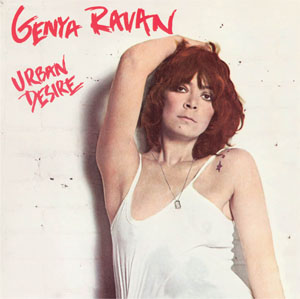
JOE VIGLIONE LINER NOTES
Genya Ravan’s Urban Desire
http://www.hiposelect.com/catalogue_ravan.asp
The intentional and exquisite raw production of Genya Ravan’s Urban Desire explores the high voltage newly emerging in cities around the world during the cherished “New Wave” movement in rock. Ravan’s production of The Dead Boys “Sonic Reducer” in 1977 helped spearhead the revolution, a charge continued on this, her fifth solo disc after previous careers with the influential jazz/pop ensemble Ten Wheel Drive and the ground-breaking all-girl Goldie & The Gingerbreads before that.1978’s Urban Desire is part of an important trilogy of Ravan recordings, including it’s sequel – also on Hip-0 Select – 1979’s …And I Mean It and concluding with Ronnie Spector’s Siren from 1980 – as much a Genya Ravan record as it is Ronnie’s.Two Joe Droukas compositions, “Shadowboxing” and “The Sweetest One”, bring to mind The Rolling Stones’ Sticky Fingers phase. In fact, “Shadowboxing” could nearly be considered the great lost track from the Stones 1972 masterpiece. The Droukas/Ravan team doesn’t stop there, though; for “The Knight Ain’t Long Enough” is more than a clever double-entendre, it creatively reflects Mott The Hoople during their wonderful Brain Capers period – the moment before Bowie got hold of them – and a style that La David emulated often. Genya also puts dynamics in sequencing the material; “Do It Just For Me” comes off a lot more subtly than the rocking disc-opener, “Jerry’s Pigeons.” Rock’s pioneering lady spins the songs like a disc jockey; “Shot In The Heart” – as with most of the record – adaptable for college or mainstream radio. The Lou Reed duet on “Aye Co’lorado” is just the prescription for anyone who wanted to demolish their stereo every time an Eagles song came on. And to Velvet Underground fans even further, Genya does a Gospel-meets-the-street version of John Cale’s superb “Darling I Need You.”
If you can envision Deep Purple asking one of the foxiest lead singers from the ’70s to come onstage to sing a Supremes tune, you’ll have a good idea of how “Back In My Arms Again” sounds with guitars ablaze. It brings to mind the idea of Diana Ross and Janis Joplin as vocalists in Genya’s dream-team version of The Supremes – but Janis can’t and Diana won’t, you’ll have to indulge in Urban Desire to fully comprehend life on the edge. Gavin Lurssen’s superb mastering will help you do just that.
Did You Know? Genya’s first-ever single featured Spencer Davis and Steve Winwood as backing musicians.
THE MAMAS & THE PAPAS live at the Savoy, SOLD OUT 3/12/82 Written for Ryko Disc on this Dinky Dawson CD production, but RykoDisc was purchased and the album never came out.
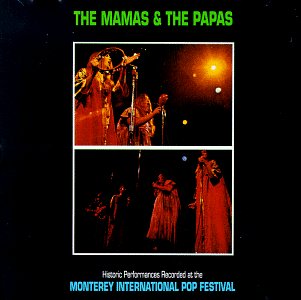
(C)2004 http://www.joeviglione.com
THE MAMAS & THE PAPAS live at the Savoy, SOLD OUT 3/12/82
When
John McDermott, in meticulous fashion, lovingly studies the Jimi
Hendrix masters the world now enoys, he iscareful not to promote it as
“the holy grail” of Jimi – great lostartifacts – and for the legion of
Hendrix fans as well as for rockhistory, it is good that the world’s
greatest electric guitarist’s musicis objectively released as a whole.
Not only did Hendrix share the stage with The Mamas & The Papas when
the Monterey International Pop Festival was held June 16-18, 1967, the
platform John Phillips and Lou Adler built was pivotal to the careers
of, not only Jimi Hendrix, but Janis Joplin, the reconstituted Animals,
as well as that entire “west coast sound” which would evolveand give
birth to the soft rock of the 1970’s. John Phillips’ arrangingand
songwriting genius has never been properly recognized as theinspiring
force that it was. Few could open up 1966 by fighting thewinter chill
with an indellible classic like “California Dreaming” – asong so potent
that predecessors Peter, Paul and Mary would imitate thesound in a
tribute called “I Dig Rock & Roll Music”, a song whose Top 10showing
the first week of September 1967 beat out the eighth of the Mamas &
The Papas 10 hits, the Top 20″Twelve Thirty (Young Girls Are Coming To
The Canyon).” The highlyinfluential group has not had the luxury of each
and every live andstudio tape traded the way Lou Reed, Jimi Hendrix,
The Beatles and TheStones get studied, sought after, talked about, the
buzz and chatter on the web and in fanzines endless. And maybe because
these pop maestros have not been overexposed by the obsessive pop fans
this phenomenal 1982 live concert will have a chance to generate
attention 37 years after “California Dreaming” became a reality. If you
have any doubt that a soundboard tape by the second phase of a seminal
rock band is one of the most exciting finds of the past four decades,
just A/B the 1971 release of the aforementioned The Mamas & The
Papas: Historic PerformancesRecorded at the Monterey International Pop
Festival with this excitingdisc. It will blow you away. Gary Burke from
the Joe Jackson Group is on drums with Mick Taylor’s guitarist Shayne
Fontaine backing up TV star and bandleader’s daughter MacKenzie
Phillips, Elaine “Spanky” McFarlane, John Phillips and Denny Doherty.
SOLD
OUT: The Mamas And The Papas Live At TheSavoy, 1982, brings this
harmony-filled group back in convincingfashion, replacing Mama Cass
with the only voice who could possiblyfill those shoes, do justice
while respecting the past, and take theband into a more modern
direction. At Monterey the band included manyof the musicians from the
“Deliver” album – future Bread keyboardplayer Larry Knechtel was
utilized along with Joe Osborne on bass andDoctor Eric Hord on guitar.
Replacing Captain & Tennille drummer HalBlaine (ok, ok, Hal played
with everyone, though he was Daryl & Toni’sreliable third member
of that duo) was Chicago percussionist “FastEddy”. Despite Erick
Weinberg’s studio mixing of Wally Heider’sremote recording, produced
by Lou Adler and John Phillips only “MondayMonday” from the 1967
concert can be considered superior to the SavoyConcert. For the most
part Monterey sounds like a bootleg compared tothe two track to
cassette soundboard recorded with care and devotionby one of the most
important sound engineers in rock history. Stuart “Dinky” Dawson, along
with his visionary innovations which made the audio portion of the live
concert experience so much better, had the foresight to tape the
majority of the concerts he supervised sound for. Play “Straight
Shooter” which opens Monterey against the “Straight Shooter” that opens
1982 SOLD OUT and understand rock history. Mark Farner biographer
Kris Engelhardt observed on August4, 2003, when these liner notes were
being written, how solid the harmonies are here. But it is more than
just how Mr. Dawson captured the almost flawless new version of the
group – (they misfire on Monday Monday, but what the heck, the rest of
the record is so sublime, like Denny Doherty’s original missed line on
the groups only #1 hit, who cares???) The 5th Dimension’s first hit,
the Top 20 “Go Where You Wanna Go”, written by John Phillips and
launching that group in February of 1967, is here, as is a unique
version of “Mississippi”, the Top 35 solo hit by Phillips from June,
1970. Elaine McFarlane does an impressive job on “I Call Your Name”
and “DedicatedTo The One I Love”, songs that were showstoppers for Cass
Elliot – andwhy we don’t hear The Mamas & The Papas doing “Sunday
Will Never Be TheSame”, “Sunday Morning”, “Give A Damn” or “I’d Like To
Get To Know You”is a bit of a downer, but it is offset by “Chinaman”,
“Not Too Cool”, “IWish”, a song inspired by actress Genevieve Waite
(wife of John Phillipsand mother of Bijou Phillips), Unclear (is it I
wish or Zulu?) “ZuluWarrior”, as well as the very 1969 Velvet
Underground-ish “Flowers”,co-written by Genevieve. In fact, the opening
track sounds like the1990’s/2000 version of Paul Kantner’s Jefferson
Starship as does “NotToo Cool”, as recorded on 3/12/1982 at The Savoy.
In the 1980’s there was a Boston area TV special on the new album being
tracked in Kingston, Massachusetts by Phillips and the band. To these
ears what I heard on the tv special (and live at The Channel club while
this writer wasplaying Ms. Pac Man with Spanky McFarlane’s 12 year old
daughter) waslight years beyond the 1971 final studio album by the
original group,the “People Like Us” disc which featured the Janis
Joplin tribute”Pearl”. “I Wish” is a pop masterpiece by John Phillips,
better thanhis obscure theme to the 1970 film “Myra Breckinridge”. It
is a hitwaiting to happen for some smart pop artist. Gary Burke’s
brilliantdrumming meets Gary Kelly’s consistent bass – more on target
than thesuperb session band on the Monterey performance. MacKenzie
Phillipssings the theme to her hit TV show, “One Day At A Time’s – This
Is It”.It’s territory Wilson/Phillips – that daughters of the
BeachBoys/Mamas & The Papas never ventured into, and Shayne
Fontaine’sguitar is essential, as it is on all fifteen selections here.
Fontaineadds a spacious elegance to the proceedings, not standing in
thebackground a la Eric Hord and P.F.Sloan, Shayne glides along
theperfect melody of “Not Too Cool” – and hear Spanky put that
earthyvoice inside the delicate melody, Starship lyrics of “lost in
space, amillion miles from home” anticipating a classic Mamas & The
Papas hook.”If something’s for nothing you know there’s something
wrong.” And amelody as great as the lyric. Magnificent. The harmonies
get the benefit of Gary Burke’s slamming drums and cymbals, God is he
ever great here. Joe Jackson and Dr. Greg Kroll never let him
explodelike this. And Shayne Fontaine’s cosmic musings on the original
P.F. Sloan intro to California Dreaming (well, everyone saysit was Glen
Campbell, but P.F.’s 80’s girlfriend told me it was PhillipFlip)
delivers a tremendous live version with MacKenzie and Spankyworking hard
with Denny Doherty, the keyboards of Arthur Stead thefurthest thing
from Bread, all due respect to Mr. Knetchel – but theyreally put a
different sound together, a more rocking unit, and itworks. It is here –
it is the holy grail of pop music fans of TheBeatles, The Velvets, The
Byrds, Steely Dan and so many others must value and appreciate. For it
is the fatherly, caring hands ofengineer Stuart Dawson, Dinky himself,
who puts to a two track cassettewhat some producer/engineers can’t do
with 96 tracks. As MacKenzie sangso philosophically “this is it” – the
real thing, a lost treasure byJohn Phillips, pop genius, and a group
that should have ruled on radioin the 1980’s. Hear here what the world
missed out on.
written by Joe Viglione copyright (C) August 4/5, 2003


